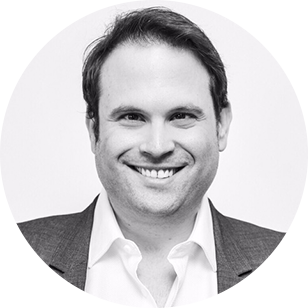Blame the bushes, and other lessons from the Secret Service fence-jumper review


Although not as well known as the Rose Garden, the magnolias planted at the White House by Andrew Jackson, or the elm and sycamore plots commissioned by Frederick Law Olmstead, or other north lawn greenery, are just as iconographic.
On September 19, at two critical moments after Omar Oscar Gonzales jumped over the north lawn fence, responding Secret Service officers assumed that an imposing row of landscape architecture would hinder his progress.
Dome-shaped bushes, between four and five feet high and more than 10 feet in circumference, ring the north lawn drive that passes underneath the north portico. Another row of bushes, six to eight feet tall, extend along the north-lawn-facing side of the portico. They're part of Olmstead's 1935 White House garden plan, which horticulturists have used as their guide ever since.
The Week
Escape your echo chamber. Get the facts behind the news, plus analysis from multiple perspectives.

Sign up for The Week's Free Newsletters
From our morning news briefing to a weekly Good News Newsletter, get the best of The Week delivered directly to your inbox.
From our morning news briefing to a weekly Good News Newsletter, get the best of The Week delivered directly to your inbox.
According to the DHS inspector general's report on the incident, Gonzales was almost intercepted by shotgun-toting officers twice, in these bushes. One officer was inches away from the fence-jumper, followed Gonzales as he disappeared into the bushes, and then tried to grab him. He escaped, running from east to west for several feet, and the officer got momentarily stuck.
The report suggests that two Emergency Response Team officers and a K-9 officer who responded within 12 seconds of the security breach all believed that the bushes were too thick to pass through. The K-9 officer believed that the bushes themselves were supposed to serve as a barrier, a conclusion the report calls "mistaken."
Other officers could not see Gonzales for a several crucial seconds when he disappeared into the bushes. Their vantage point did not allow an unobstructed view of the entire north lawn. There were too many trees in the way.
Aside from agriculture, communication seemed to be the main problem that night. Emergency "crash" boxes were turned down, which might have alerted officers inside the complex earlier. Radio traffic on the "U.S.S.S. Uniformed Division White House 1" frequency was muffled and chaotic, with officers talking over each other and none able to preempt any other. (It's quite easy to design a system to allow supervisors or incident commanders to preempt radio channels.)
A free daily email with the biggest news stories of the day – and the best features from TheWeek.com
Twice, officers were in a position to fire their weapons and stop Gonzales. They did not because they determined he was not armed with a gun and did not pose an imminent threat to the protectee. I don't consider this a failing; had other security measures worked, these officers would be praised for their quick responses and restraint under pressure.
The report also concludes that in-service training for officers at the complex is given much less frequently because the Uniformed Division at the White House is stretched thin, something Secret Service defenders have pointed out. Officers often pull overtime to make sure all posts are staffed. And the Uniformed Division has never trained officers to in non lethal-force scenarios.
Marc Ambinder is TheWeek.com's editor-at-large. He is the author, with D.B. Grady, of The Command and Deep State: Inside the Government Secrecy Industry. Marc is also a contributing editor for The Atlantic and GQ. Formerly, he served as White House correspondent for National Journal, chief political consultant for CBS News, and politics editor at The Atlantic. Marc is a 2001 graduate of Harvard. He is married to Michael Park, a corporate strategy consultant, and lives in Los Angeles.
-
 ‘It is their greed and the pollution from their products that hurt consumers’
‘It is their greed and the pollution from their products that hurt consumers’Instant Opinion Opinion, comment and editorials of the day
-
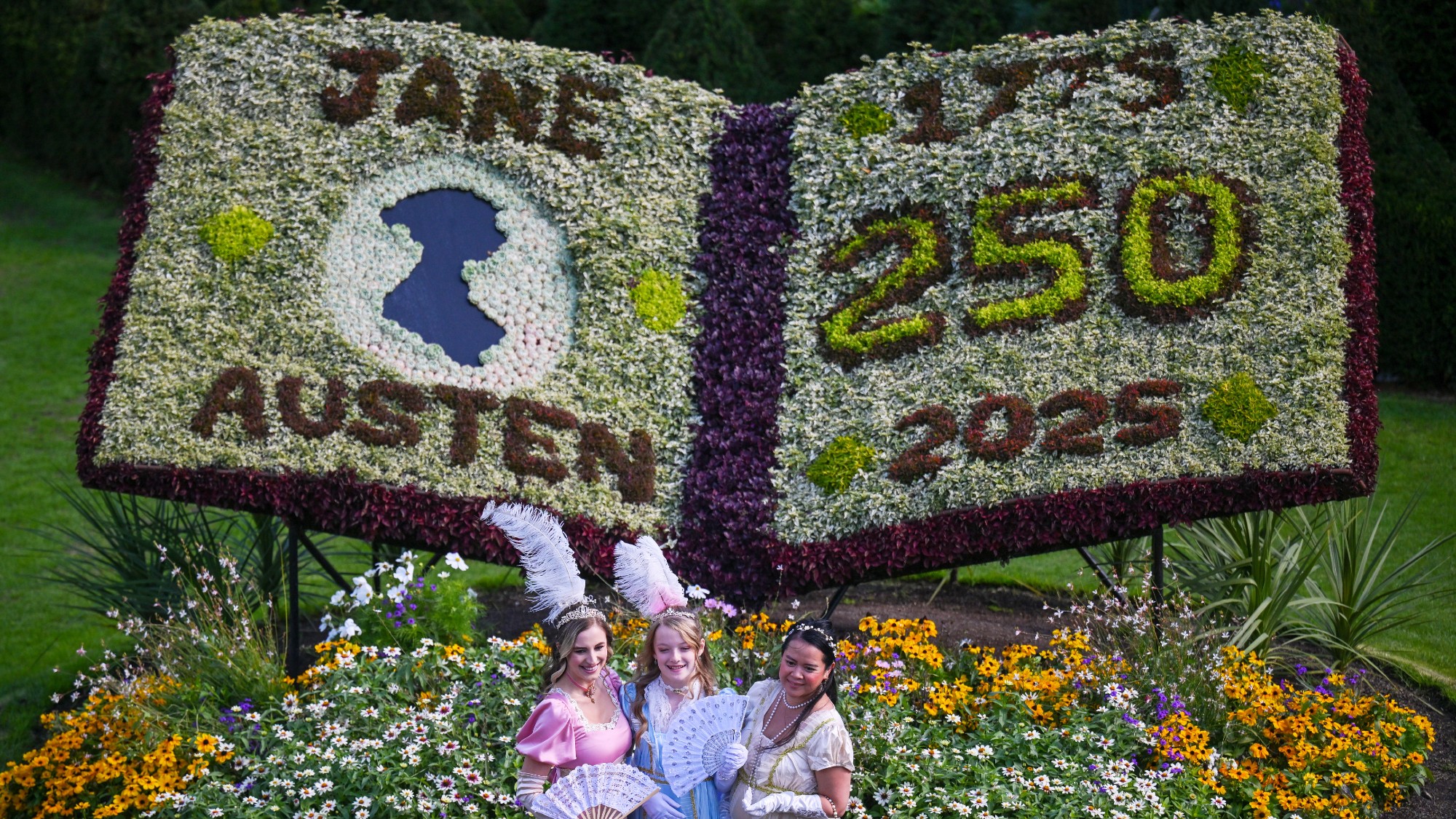 Jane Austen lives on at these timeless hotels
Jane Austen lives on at these timeless hotelsThe Week Recommends Here’s where to celebrate the writing legend’s 250th birthday
-
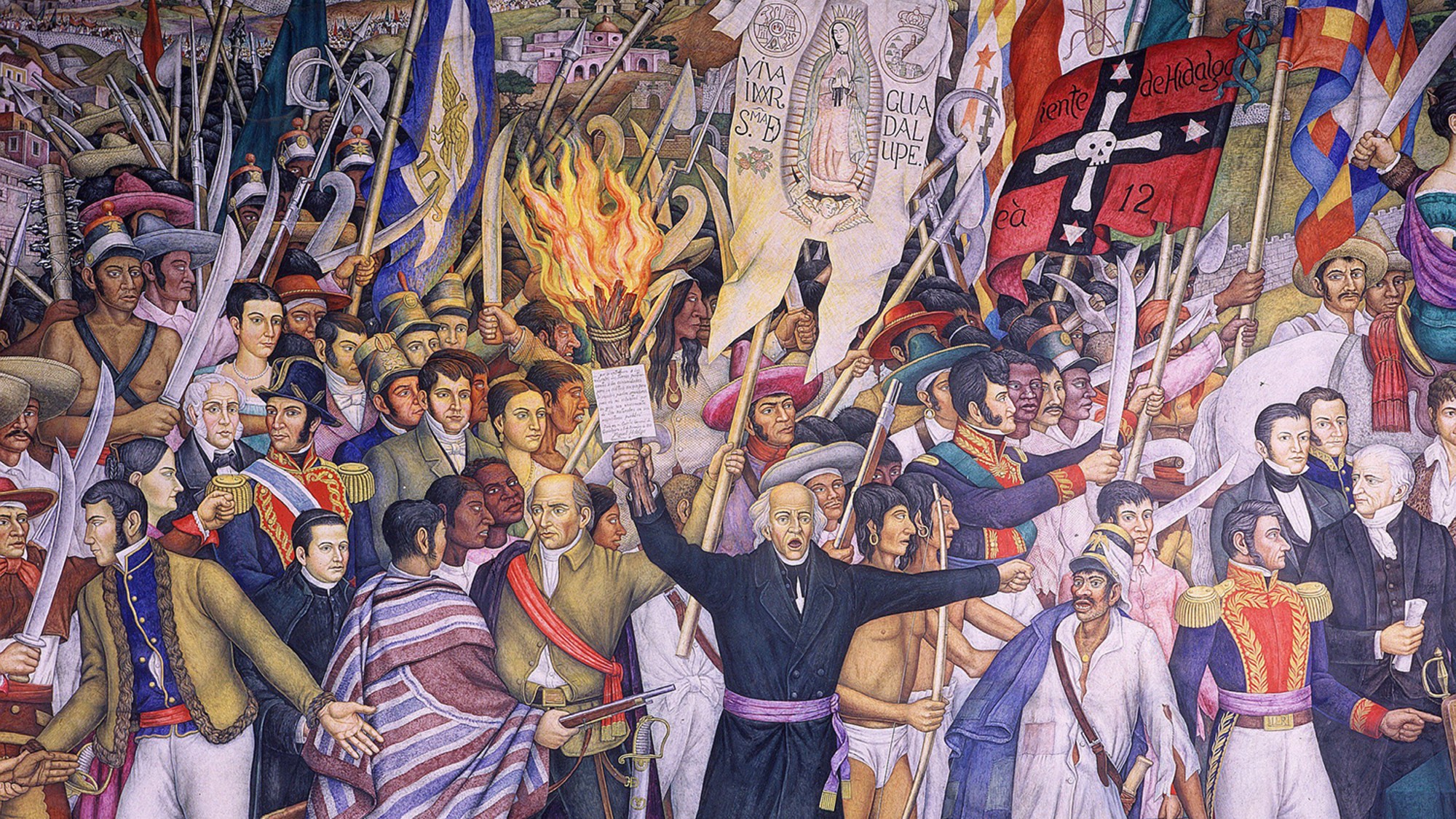 ‘Mexico: A 500-Year History’ by Paul Gillingham and ‘When Caesar Was King: How Sid Caesar Reinvented American Comedy’ by David Margolick
‘Mexico: A 500-Year History’ by Paul Gillingham and ‘When Caesar Was King: How Sid Caesar Reinvented American Comedy’ by David Margolickfeature A chronicle of Mexico’s shifts in power and how Sid Caesar shaped the early days of television
-
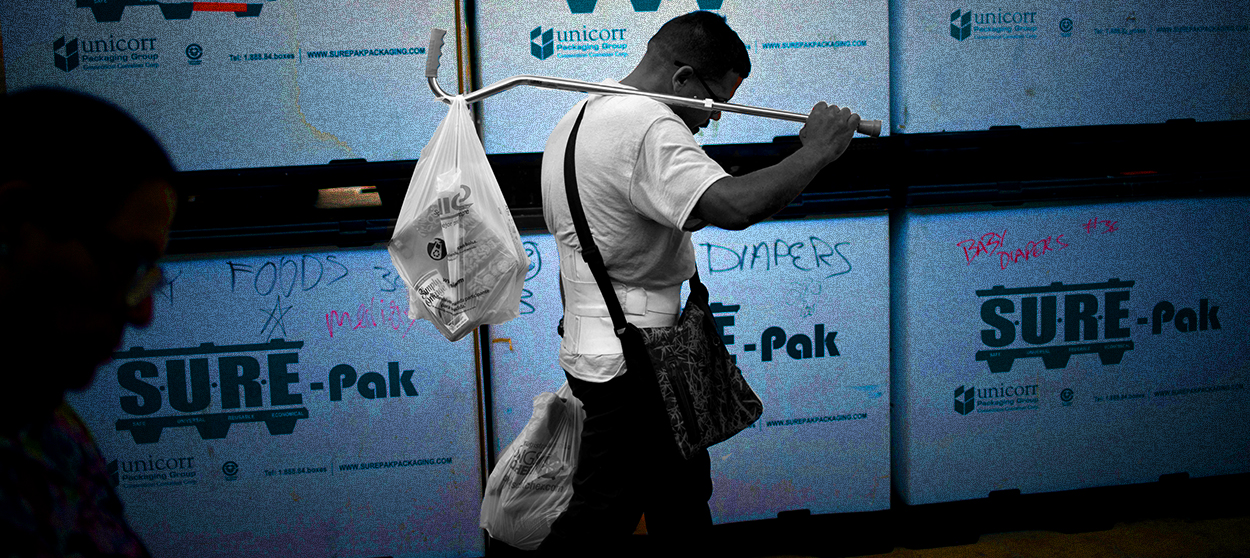 Why Puerto Rico is starving
Why Puerto Rico is starvingThe Explainer Thanks to poor policy design, congressional dithering, and a hostile White House, hundreds of thousands of the most vulnerable Puerto Ricans are about to go hungry
-
 Why on Earth does the Olympics still refer to hundreds of athletes as 'ladies'?
Why on Earth does the Olympics still refer to hundreds of athletes as 'ladies'?The Explainer Stop it. Just stop.
-
 How to ride out the apocalypse in a big city
How to ride out the apocalypse in a big cityThe Explainer So you live in a city and don't want to die a fiery death ...
-
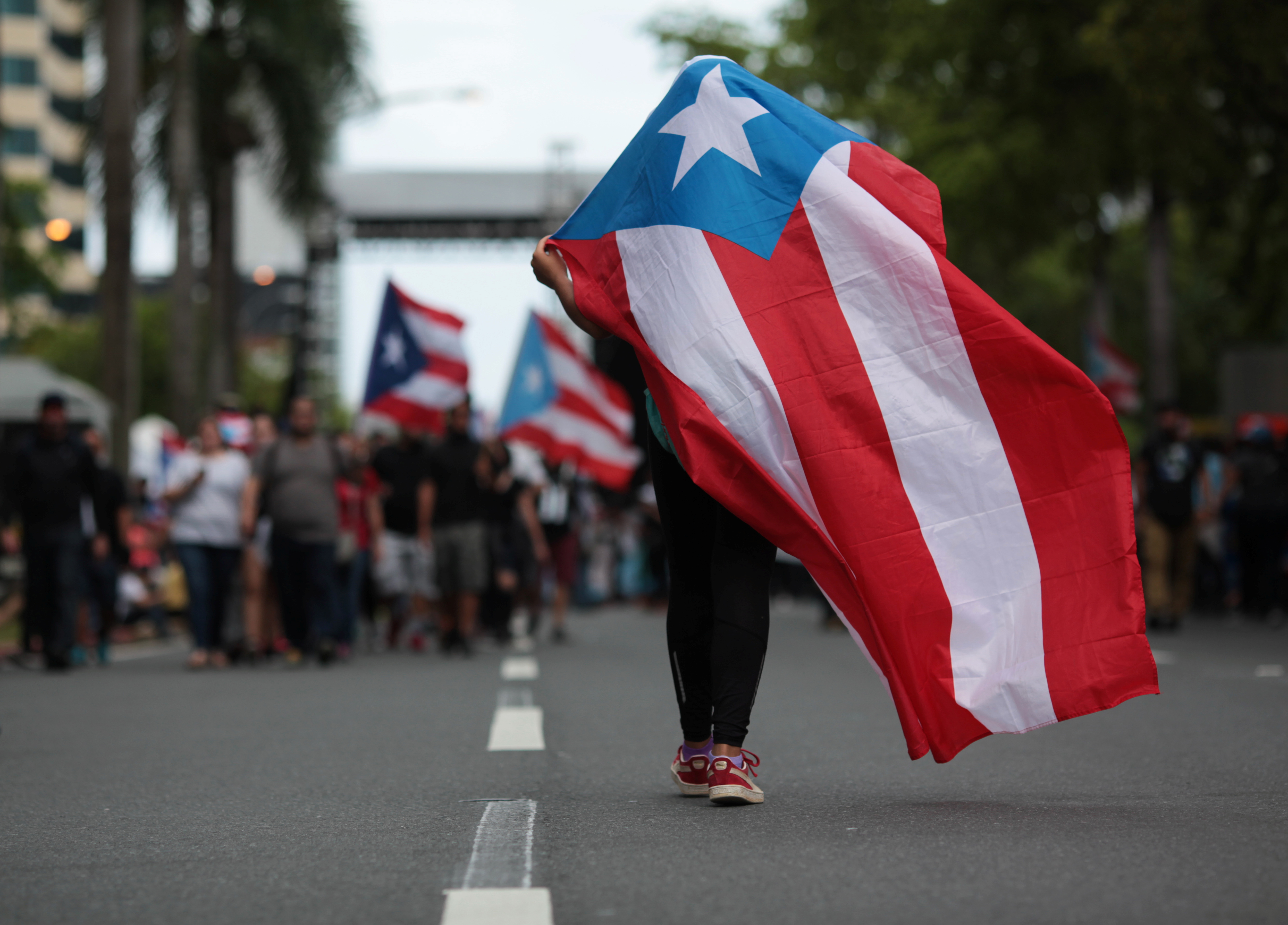 Puerto Rico, lost in limbo
Puerto Rico, lost in limboThe Explainer Puerto Ricans are Americans, but have a vague legal status that will impair the island's recovery
-
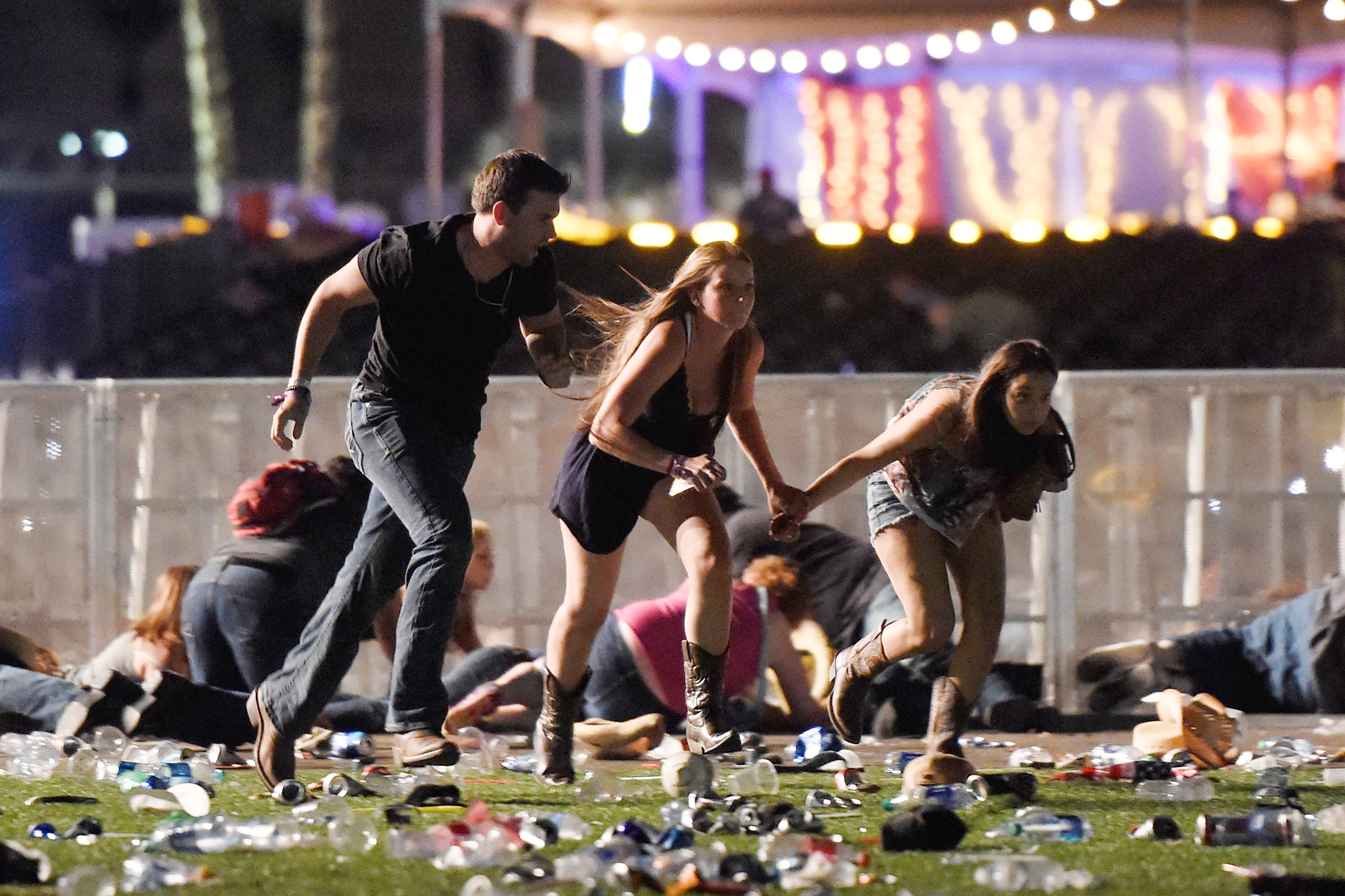 American barbarism
American barbarismThe Explainer What the Las Vegas massacre reveals about the veneer of our civilization
-
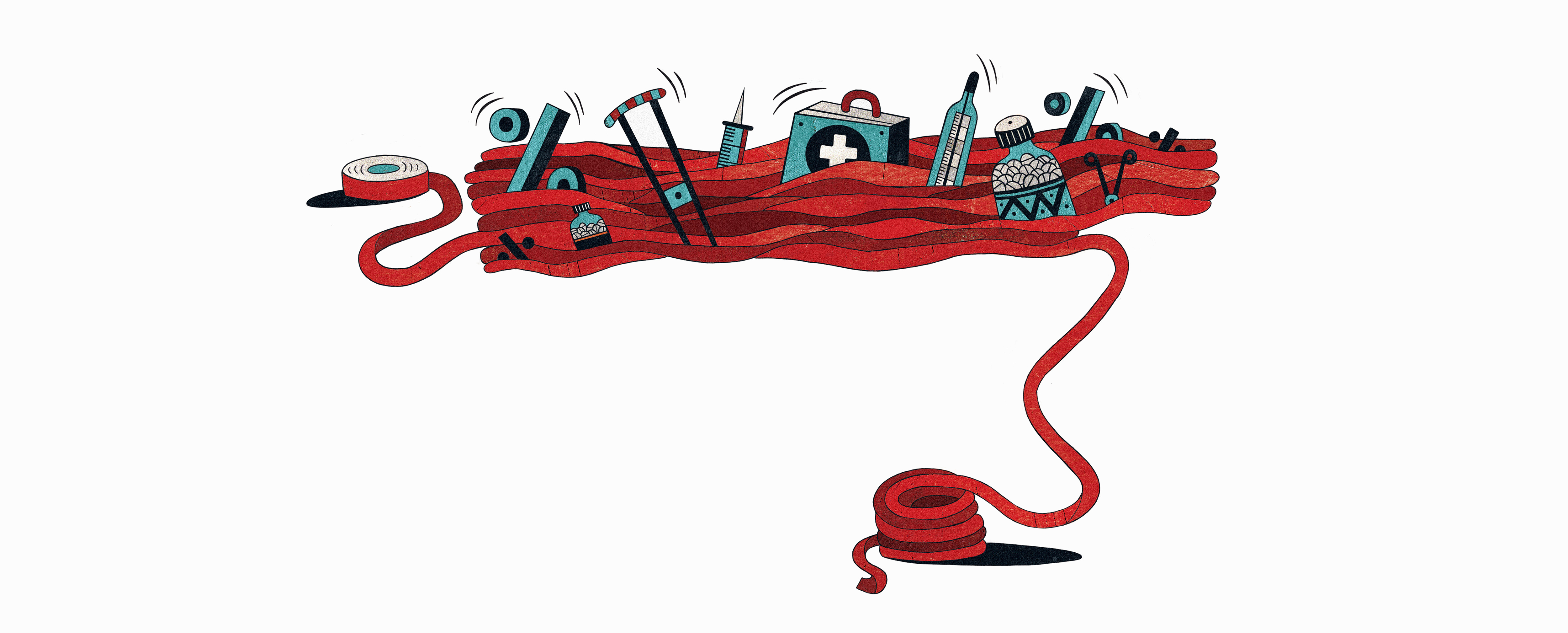 Welfare's customer service problem
Welfare's customer service problemThe Explainer Its intentionally mean bureaucracy is crushing poor Americans
-
 Nothing about 'blood and soil' is American
Nothing about 'blood and soil' is AmericanThe Explainer Here's what the vile neo-Nazi slogan really means
-
 Don't let cell phones ruin America's national parks
Don't let cell phones ruin America's national parksThe Explainer As John Muir wrote, "Only by going alone in silence ... can one truly get into the heart of the wilderness"
